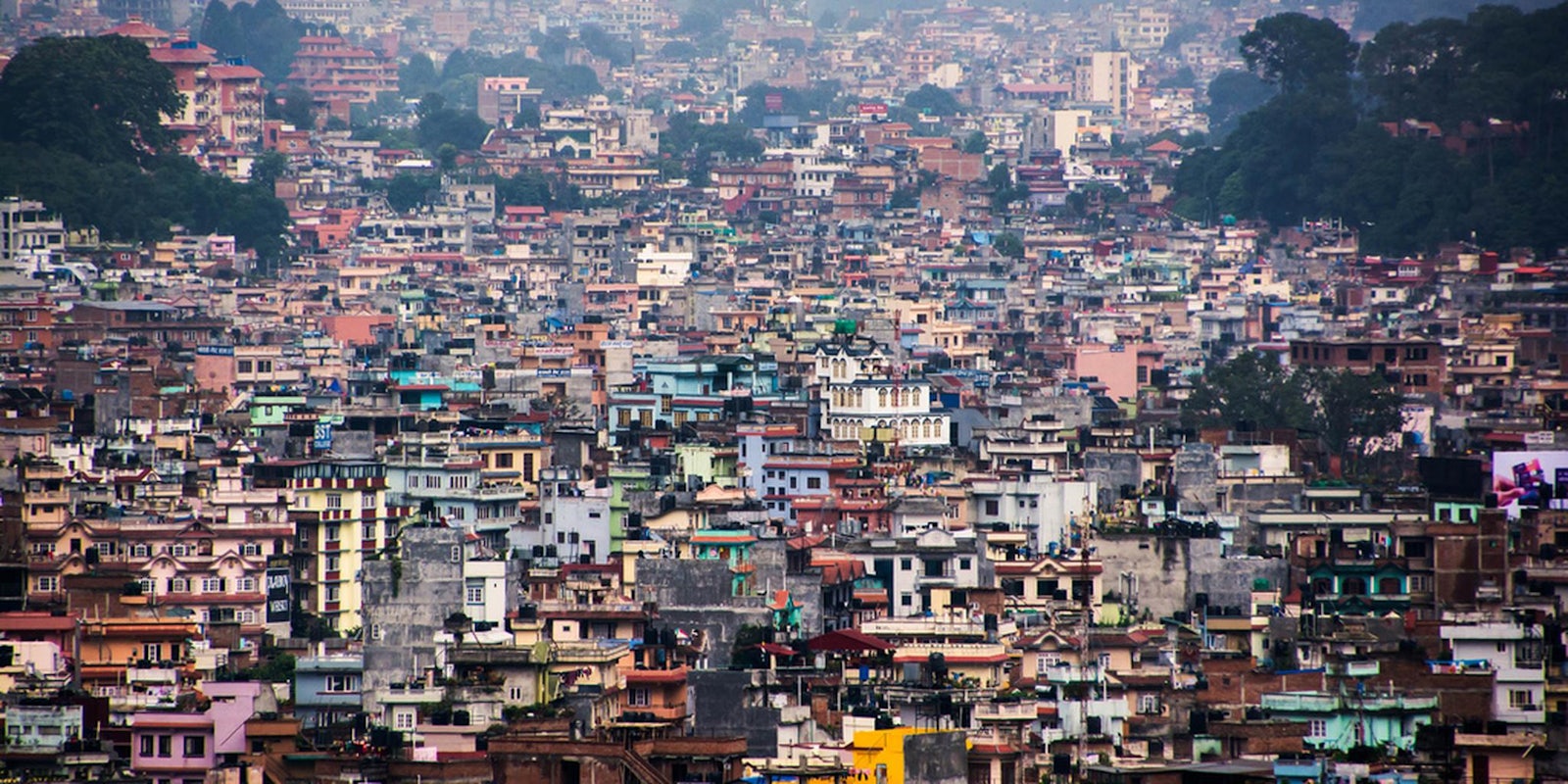Nepal and surrounding areas are reeling from Saturday’s 7.8 magnitude earthquake that caused more than 3,800 casualties. As rescue groups come together to help survivors find loved ones and villages rebuild, tech companies are doing their part to aid rescue efforts, too.
T-Mobile is offering free calling and texting to and from Nepal from now until May 16. Any customers of T-Mobile, MetroPCS, GoSmart Mobile and Walmart Family Mobile are eligible for the free phone services. The company also provided a number of ways for T-Mobile customers to donate directly via text message—donations will appear on your phone bill, but the entire donation will go directly to the organization.
Shortly after the earthquake struck, Facebook CEO Mark Zuckerberg announced the company would activate “Safety Check,” a feature that lets people find out if friends and family are safe when disaster strikes. People can say whether they are in an affected area, and whether or not they are safe. When friends visit the Safety Check page, they’ll see a list of friends in the affected area and whether or not they are OK.
Facebook is also encouraging users to donate to rescue efforts. At the top of your News Feed starting today, you will see a message from Facebook about the earthquake that struck Nepal and affected people in Bangladesh and India. The message will encourage users to donate to the International Medical Corps, a group of emergency responders provide health care and other community needs to countries affected by crises and natural disasters. Facebook said it will match every donation up to $2 million.
Google’s “Person Finder,” app, launched in 2010, is also available for people looking for loved ones and waiting for up-to-date information on individuals impacted by the quake. People can access the application without Internet.
Photo via Sharada Prasad CS/Flickr (CC BY 2.0)


